7 Tips for Raising a Kid Who Loves Vegetables
This post may contain affiliate links. As an Amazon Associate, I earn from qualifying purchases. Please read my disclosure.Raising a kid who loves vegetables is easier than you might think! With a few tricks and a lot of patience, you can help your child to love veggies, and build a healthy relationship with food that will last a lifetime.
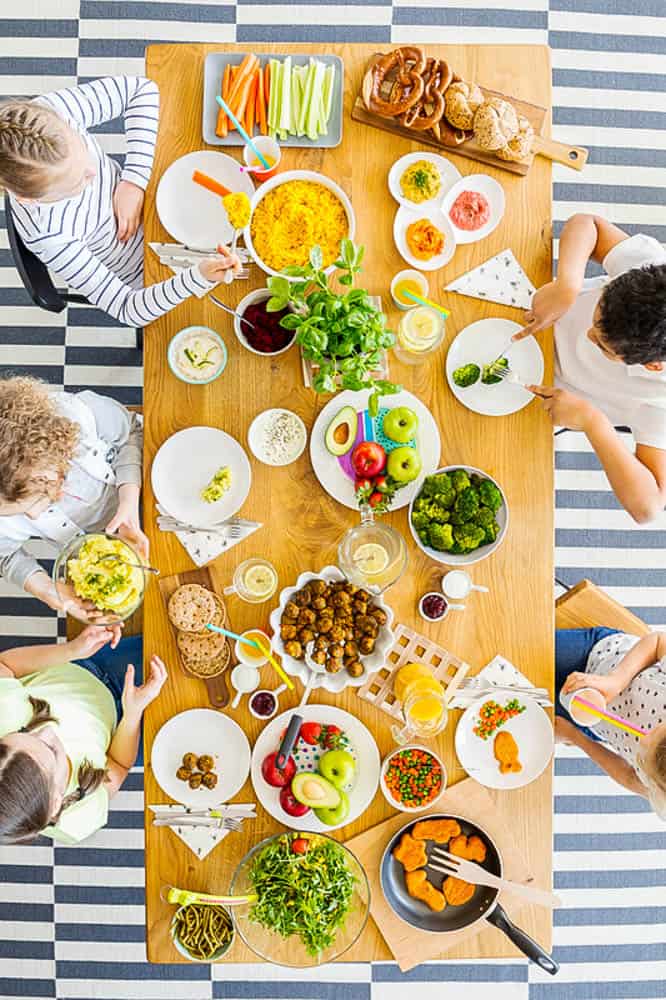
If you’re a parent, you know that the battle over getting your child to eat their veggies is a common one. That mealtime battle can definitely be frustrating, but just because your child has a hard time with accepting vegetables doesn’t mean they will be a veggie-hater for their entire childhood! Based on my experiences with my own children, and conversations with other parents, I’ve developed a range of strategies that you can use to make vegetables an enjoyable part of your child’s diet. Despite generalizations about “kid food,” there’s no reason to assume that children only want to eat sugary or salty foods. It is possible to raise a kid that loves vegetables — I promise! 🙂
In fact, there are plenty of tasty, vegetable-focused recipes that are sure to make your kids actually want to eat their greens! Once your child develops a taste for vegetables, you can rest easy, knowing that they are getting all of those essential vitamins and minerals (and fiber!) without you having to cajole or plead with them, and knowing that a love of veggies will serve them well throughout their lives.
In addition to implementing these strategies, if you have an extremely picky eater, I also recommend supplementing with a whole food multivitamin that includes 12 organic fruits & veggies as well!
Depending on the age of your child, I have different tips and tricks for you to try. If your child is a toddler, start here. Otherwise scroll down to the “older kids” section!
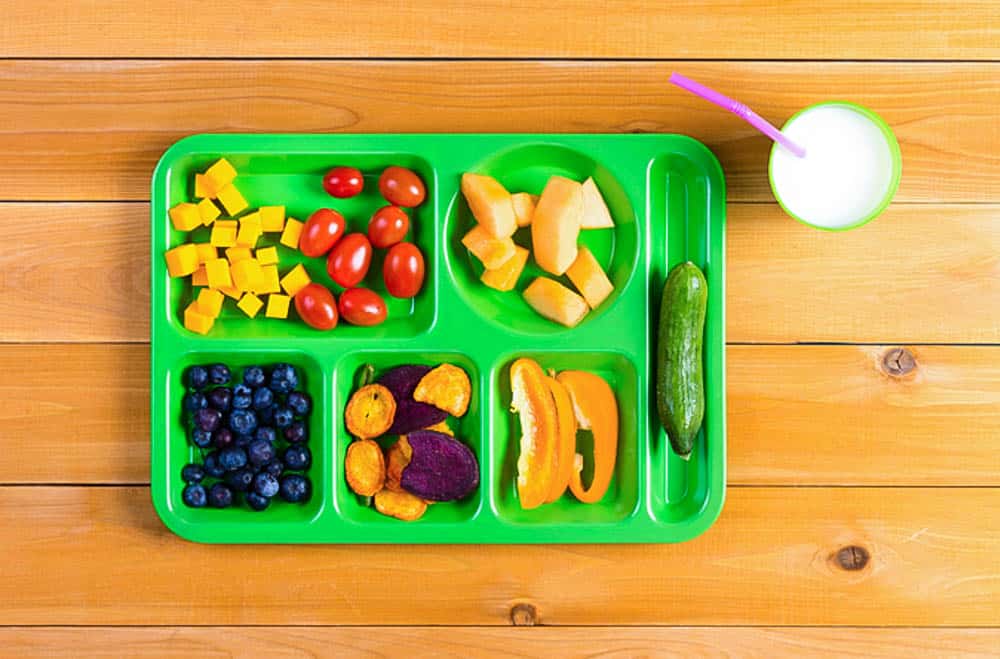
Tip #1: Train your child’s taste buds: Make vegetables a part of every meal, from the beginning.
The best advice I have for raising a kid who loves vegetables is to start early, with some delicious recipes for homemade baby food or these healthy breakfast ideas for picky eaters! Vegetables were the very first solid foods that my children ate. They’ve grown up with vegetables being a big part of their diet because they were introduced to them at such a young age.
If your child is a toddler or you’re just starting out with solid foods, make vegetables a part of every meal and serve a wide variety of veggies throughout the week. That will help develop your toddler’s taste buds so they will grow accustomed to the less sweet, more pungent or bitter tastes of different veggies.
I always recommend starting with avocado puree as your baby’s first food, because it is so delicious and so easy to prepare. All you have to do is mash it up — no chopping or cooking involved! Once your baby has developed a taste for avocado (this usually doesn’t take long!), I recommend making purees with mild-tasting veggies such as carrot baby food, sweet potatoes, butternut squash, and green beans. When those purees become familiar and enjoyable, you can introduce vegetables with stronger and more distinctive flavors, such as broccoli, cauliflower, and spinach. You might find that adding a small amount of organic plain yogurt will help make the taste of veggies more palatable to your baby. I did this when serving green beans to Layla and it made a huge difference; she stopped making disgusted faces and was soon gobbling down spoonfuls of green bean puree! Adding a pinch of herbs or mild spices (ie. mint or cinnamon) can also help to make bland veggie purees more interesting!
In general, I recommend staying away from rice cereal, starting with veggies, whole grains and proteins, and then making fruit more of the “dessert” part of the meal. If you’re just beginning to introduce solids, this guide will help you to introduce them in the right order to make your child more accepting of veggies later on. Also, if you’ve just started out with solids and are thinking of using baby food pouches, stay away from the fruit-forward ones and stick to this list of the healthiest baby food pouches that will help your child to love veggies!
As your child gets older, fruits and vegetables can become key ingredients in healthy smoothies, which are great snacks. You can also serve veggies in all sorts of different forms at mealtime (roasted, sautéed, as finger foods, as purees, in smoothies, etc.) to get your child accustomed to seeing all of the different preparations of veggies as “normal.” For pickier eaters, try starting with adding vegetables like spinach and kale into a fruit smoothie, without your child even realizing that he or she is getting an extra serving of veggies, and slowly work up to serving veggies as a separate part of the meal.
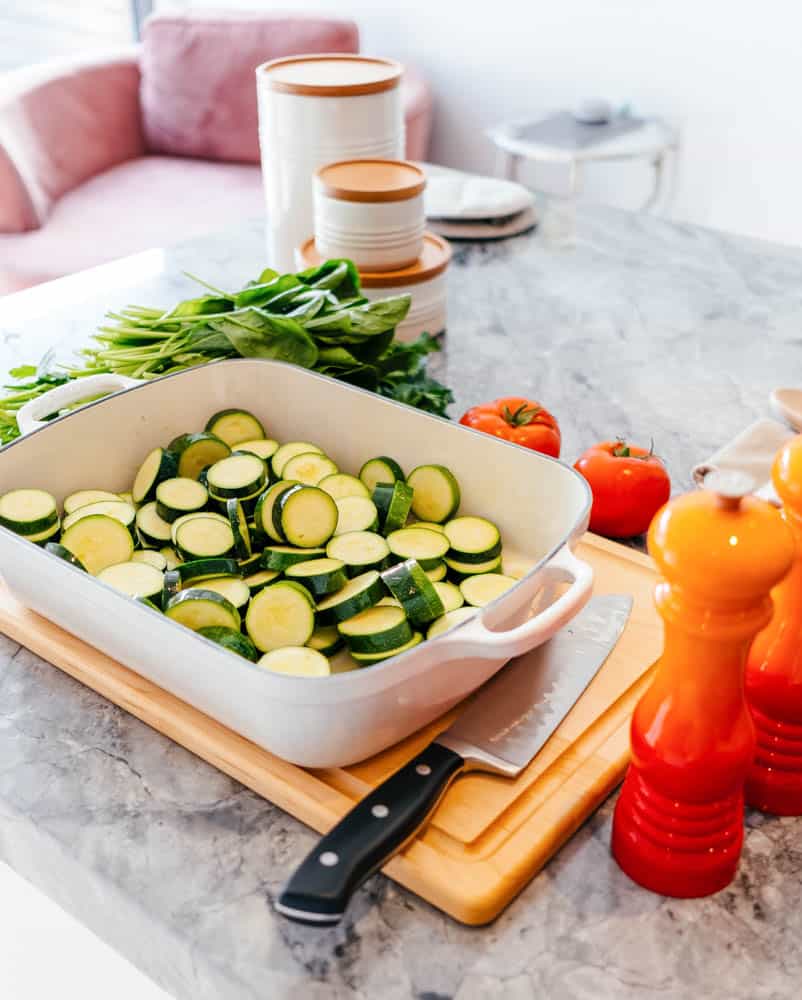
Tip #2: Engage all the senses, try alternating foods, and limit snacks. (Ages 1-5)
Think about the first time you tried a new recipe. You looked at it, smelled it, touched it, tasted it: eating engages all the senses and this can help your little one to try a new food!
If your toddler is resistant to a new vegetable, or is more sensitive from a sensory standpoint, try starting small and introducing a new “step” at each subsequent meal, or every subsequent day. Here are the steps to helping a child become more familiar with a new food:
- Touch the food with a fork or spoon
- Pick up the food with your hands and put it down
- Pick up the food with your hands and smell it
- Pick up the food with your hands, smell it, and then “kiss it” (touch it to your lips)
- Pick up the food, smell it, kiss it, then lick it
- Pick up the food, smell it, kiss it, lick it, then put it in your mouth (with the option to take it right out again).
- And what you’re ultimately working towards is getting to step 6 — with the last step of taking a bite after the food goes into your child’s mouth!
Once they do take a bite, continue to serve that food at a meal every day so they keep feeling more and more comfortable with eating it.
In addition to this, there are a two other strategies you can use with a child between the ages of 1-5 who is rejecting certain foods.
The first strategy is serving the food you want them to eat first, when they’re the hungriest. For example, this could involve putting broccoli on your child’s plate first, before the main dish, along with something small that they are likely to accept.
For pickier kids, I recommend alternating between foods they like and foods you want them to try, and repeating the process at every meal until they accept the new food. For example, if your child hates broccoli but loves apples, here’s what you would do:
- First give them a small piece of broccoli and ask them to take a bite
- When you give them the broccoli, show them the piece of apple (the apple piece would be bigger than the piece of broccoli) that they will get after they eat the broccoli bite.
- Once they eat the broccoli, give them the piece of apple.
- Continue this process until they accept broccoli (this could take multiple meal times but eventually it will work!)
Essentially what you’re trying to do is use the “alternating” method to help your child get used to eating new foods alongside old favorites. I also like to ask my kids, “What will make this easier for you to eat?” so that they know I care about their enjoyment of the meal, while also realizing that I’m serious about having them eat the dishes I’ve prepared!
As a side note, between the ages 0-3 I recommend really limiting all sweets to just a couple bites, only on special occasions. This is all about training taste buds in the beginning so that you don’t have to fight battles over veggies and savory foods later on! I also recommend limiting snacks since those tend to be more processed and sweeter. Snacks can also crowd out meals since they fill up your child’s tummy and then they have no incentive to try a food they don’t like!
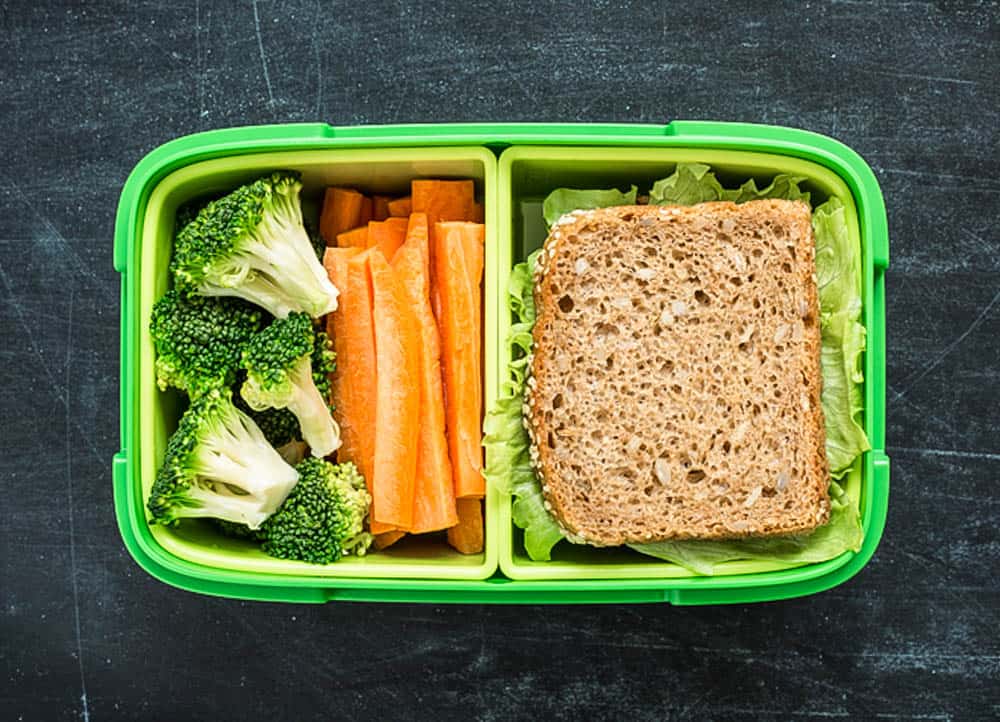
Tip #3: Cook at home, and keep your recipes simple! (For all ages!)
One of the easiest ways for kids to get used to eating veggies is to incorporate them into all lunches and dinners. And the quickest, most affordable way to do that is to cook at home! I still try to make food for my kids at home as much as possible, and did that even more so in the earlier years. That way I can control what’s going into their meals without having to worry about added hidden preservatives, sugars or unhealthy ingredients. It can be difficult to deal with the pushback that comes from trying to encourage your child to eat the healthy meal you’ve prepared when they’ve already developed a taste for junk food, and cooking at home can help you avoid that dilemma. In general, I recommend focusing on vegetables, fruits, whole/sprouted grains, and lean protein sources such as lentils, beans, eggs, low-fat Greek yogurt, cheese, etc. for 90% of your child’s diet, and saving the remaining 10% for special treats or occasional eating out.
And you don’t have to be a fancy executive chef to cook meals at home. Most of my recipes take 30 minutes or less to make, but all of them incorporate at least 1-2 veggies in each recipe! Keep things simple, use spices to make food flavorful, and focus on recipes that get meals on the table in 30 minutes.
Tip #4: Incorporate values around food into every day conversation (For all ages!)
Once kids get to be 2-3 years old, they are usually ready to be included in conversations about healthy eating. But “healthy” doesn’t mean anything to kids! In fact, it might actually make them more resistant to eating a food because, frankly, “healthy” doesn’t really sound appetizing at all.
Instead, I like to focus on universal concepts like inclusion and persistence, that can then be applied to food.
For example, on inclusion: Just as I encourage my children to include all of their friends when playing, I also encourage them to try all of the different foods on their plate, so that none of them are left out. I use the phrase “we always include” — and that can apply to anything, not just food. You can say something like “we always include our friends,” or something like “we always include all the items on our plate” and for younger kids you can add, “your veggies are feeling left out!”
On persistence: I like to use the phrase “We always try,” which is great for teaching kids lots of different values, not just healthy eating. This works in sentences such as “We always try to be kind” and “We always try to eat new foods.” And when you feel that they’re ready, you can try discussing why it’s important to eat healthy foods and how different foods can have a big impact on our bodies and how we feel.
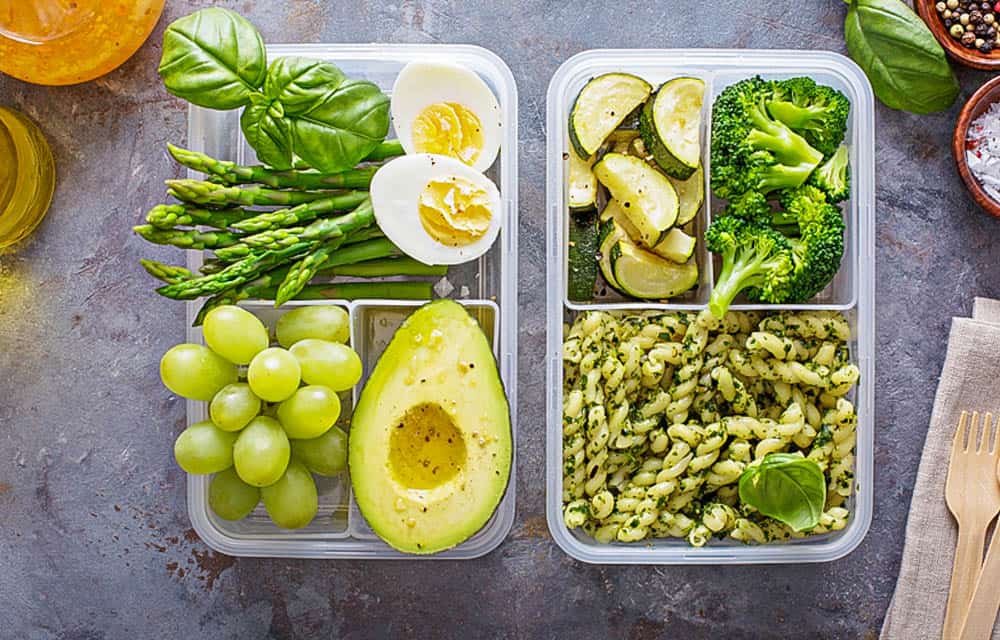
Tip #5: Experiment With New Tastes and Textures (For all ages!)
Even if you think your child doesn’t like a certain food, all hope is not lost! There are so many different ways to prepare vegetables — raw, steamed, pureed, roasted, blended in a soup, chopped up and sprinkled on pasta, mixed into a smoothie, and so much more. Adding in herbs and spices can also drastically improve the taste, without taking away any of the nutritional content. Children often enjoy some textures more than others, so it’s more than likely that if you experiment with preparing your veggies in a variety of different ways, you’ll stumble upon a texture that your child likes — or at least tolerates. You can even experiment with serving fun, healthy “dips” like hummus, olive oil, or guacamole with their veggies. For example, my youngest, Ayan, didn’t like eating vegetables that were cut up into pieces, but he really enjoyed purees. So we started with purees and worked our way up to whole veggies, which he enjoyed dipping in olive oil.
Remember, even though experimentation and trial and error is fine, you don’t want to become a short order cook. If your child doesn’t like how you’ve prepared their veggies for a certain meal, that’s fine. Let it go and try a different method the following day, but don’t drop everything to cook a completely new dish.
You can also get your child involved in preparing vegetables – kids as young as 18 months can “help” in the kitchen. Give them spoons to mix with, spices to smell/taste and add to the recipe, and older kids can help with chopping using a kid-safe knife!
Tip #6: Get your kids involved, and don’t force them to eat (For all ages)
As your kids get older, the strategies for encouraging them to eat their vegetables are undoubtedly going to change. Ideally, they will be happy to eat vegetables prepared in lots of different ways, either on their own or incorporated into other dishes. But regardless of their relationship with veggies, you can encourage healthy habits by getting your kids involved in grocery trips and having them help out in the kitchen. Letting them choose some of their favorite veggies (and fruits!) will help them take ownership of their diet, just as letting them pick out a favorite recipe means they will be more willing to try the finished product. In addition to choosing the recipe, there are lots of ways to involve kids in the kitchen, such as easy food prep tasks like counting and sorting dry ingredients, washing fruits and vegetables, and stirring sauces. Continuing the conversation about healthy eating is also important, so that they truly understand the impact of making good food choices.
Along the lines of helping your child to make good food choices, we also want to cultivate a healthy relationship with food for our kids, especially as they get older. Even if you cringe internally when your child refuses a food, outwardly you have to keep your cool (as if you don’t actually care if the food is eaten!) Think of it this way: the more someone tells you to do something you don’t want to do — does that make you more or less likely to do it? Too much pressure might make your child more resistant to eating a particular food, and may create an unhealthy relationship with the foods that are restricted (like junk food).
For children over 10, and especially teens and preteens, this is especially true. So instead, focus the conversation on how all the foods they eat help them to thrive and grow. Additionally, at this age, they will be learning about the dangers of cigarettes, drugs, and alcohol, so you can combine those lessons with discussions about how sugar and highly processed foods like chips and pizza can also negatively impact one’s body. Try to find fun ways to have educational conversations about the different nutrients in the foods they eat, and explain to them that we need carbohydrates, proteins, and fats in different amounts, depending on what our bodies are doing. Encourage them to use their reasoning skills when thinking about healthy eating, so that they continue to learn about nutrition throughout their adolescence.
At this age, you can discuss not only the nutritional aspects of food, but also their feelings about food, and topics such as portion control and eating in moderation. You can also share your own feelings with them, and, if necessary, let them know how it feels as a parent when your children refuse to eat the healthy food you have prepared. And one of the best ways to get your children to love eating vegetables (and other healthy foods) is to model healthy eating behaviors yourself. Basically, practice what you preach when it comes to grocery shopping, cooking, and eating!
Tip #7: Treat Teenagers like Equals When it Comes to Food
It’s crucial that older children and teenagers feel they have some control over what they eat. This can be as simple as giving them several options for breakfast and lunch, but making sure that the entire family eats the same meal together for dinner. Essentially, you can involve older children and teenagers in deciding what the meal will be, but you get to make the final decision.
It’s good to have some easy, kid-friendly meals on hand that you know your whole family will enjoy, such as lentil or chickpea pasta, served with organic marinara sauce mixed with baby spinach. And there are plenty of ways to make “fun” meals healthy — like making a grilled cheese sandwich with sprouted grain bread and high-quality, organic cheese; with a helping of steamed veggies on the side. The same goes for cheese quesadillas, prepared with sprouted grain tortillas. Also, if your child finds the “adult” meal to be too spicy, or doesn’t like a particular flavor, you can still make sure that everyone is eating the same thing by adding some yogurt, or dividing the meal into portions before adding any spicy ingredients.
Some teenagers and older children will be very interested in food and cooking, and they may want to be in charge of preparing certain dishes. This is great to encourage, as it will help them build a healthy relationship with food, get to know the ingredients that you frequently use in your meals, and develop cooking skills that will help them later in life. You certainly don’t need to wait until your kids are about to go off to college to start giving them cooking lessons! If they already know what makes a healthy meal, and feel comfortable making food-related decisions for themselves, they will be likely to continue those healthy habits long after they have left the “nest”!
Raising a kid who loves vegetables is a process, but with these 7 tips I guarantee your child will learn to love all kinds of flavors, textures and healthy foods!





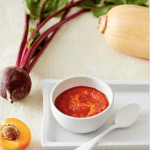

























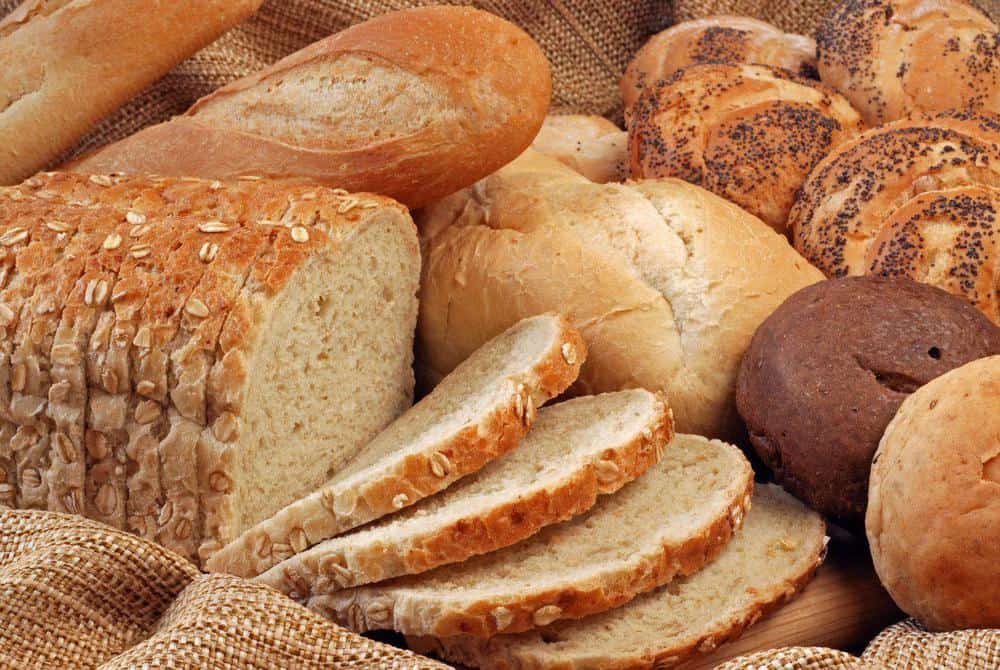
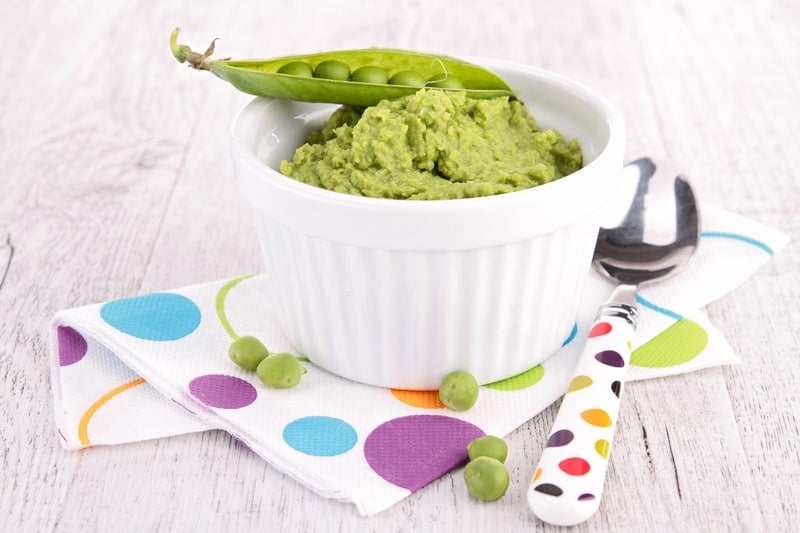
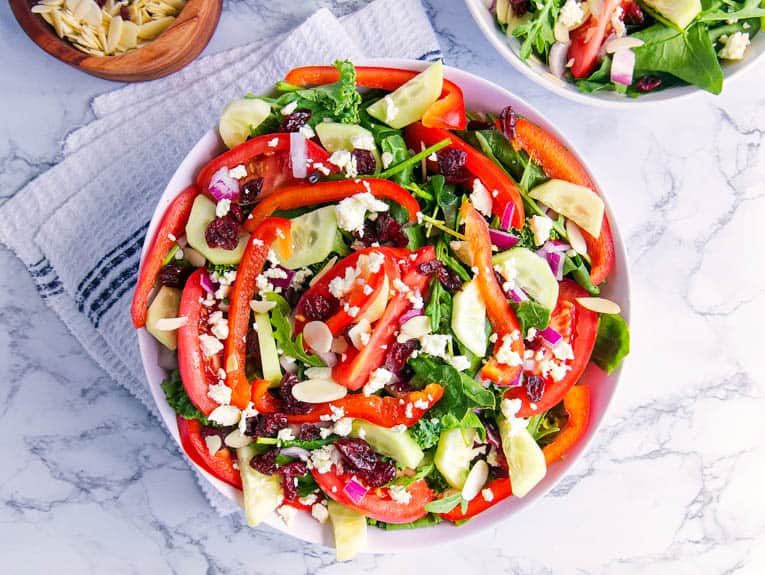


Thank you, these are all effective, evidence-based strategies. One thing to add is that studies show food preferences can actually start in utero and while breastfeeding, so it’s important for moms to eat healthy as well.
Yes!! That’s a great point Julie! I completely agree, what you eat while pregnant/breastfeeding does make a difference for your baby’s palate as well!